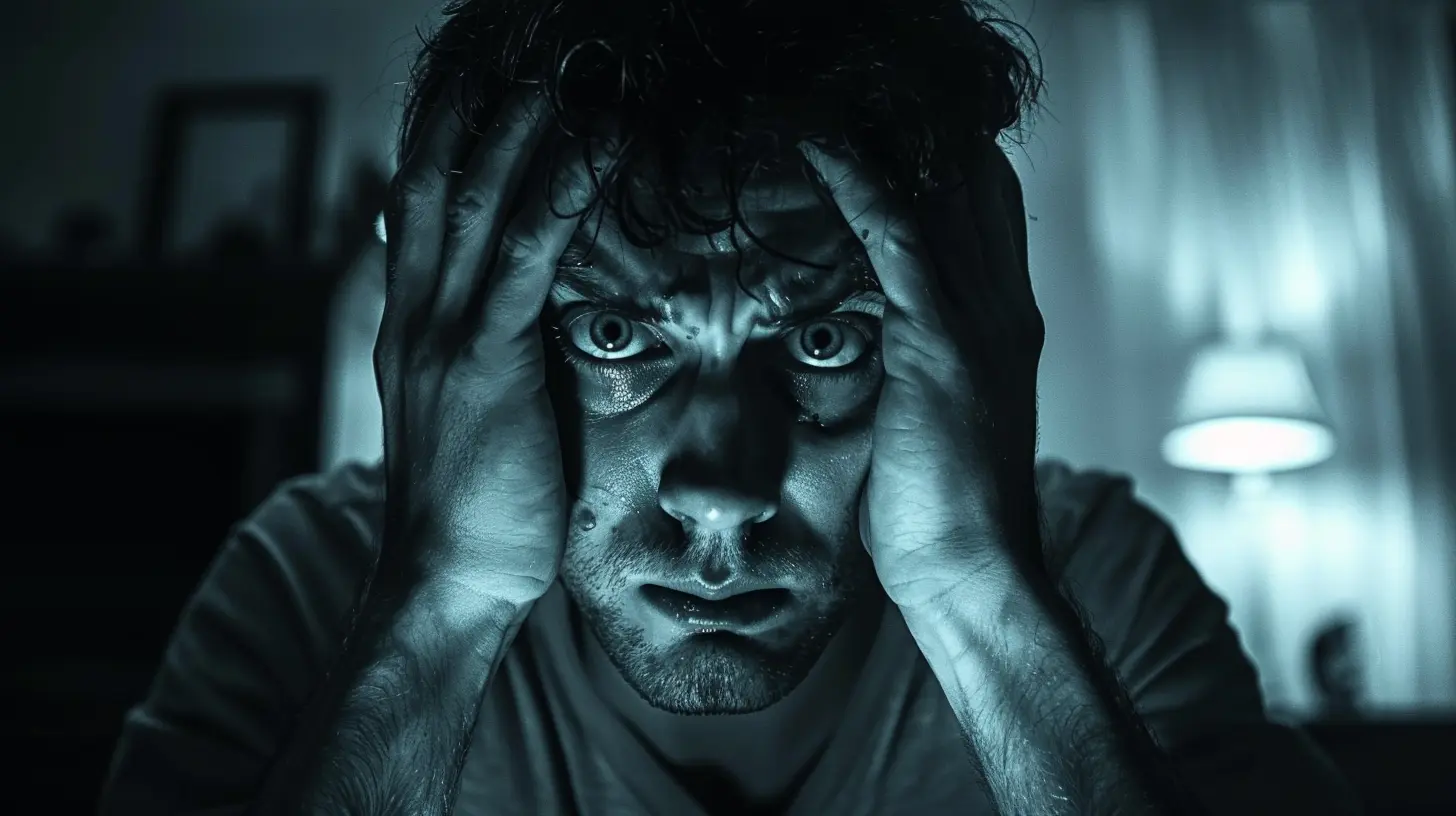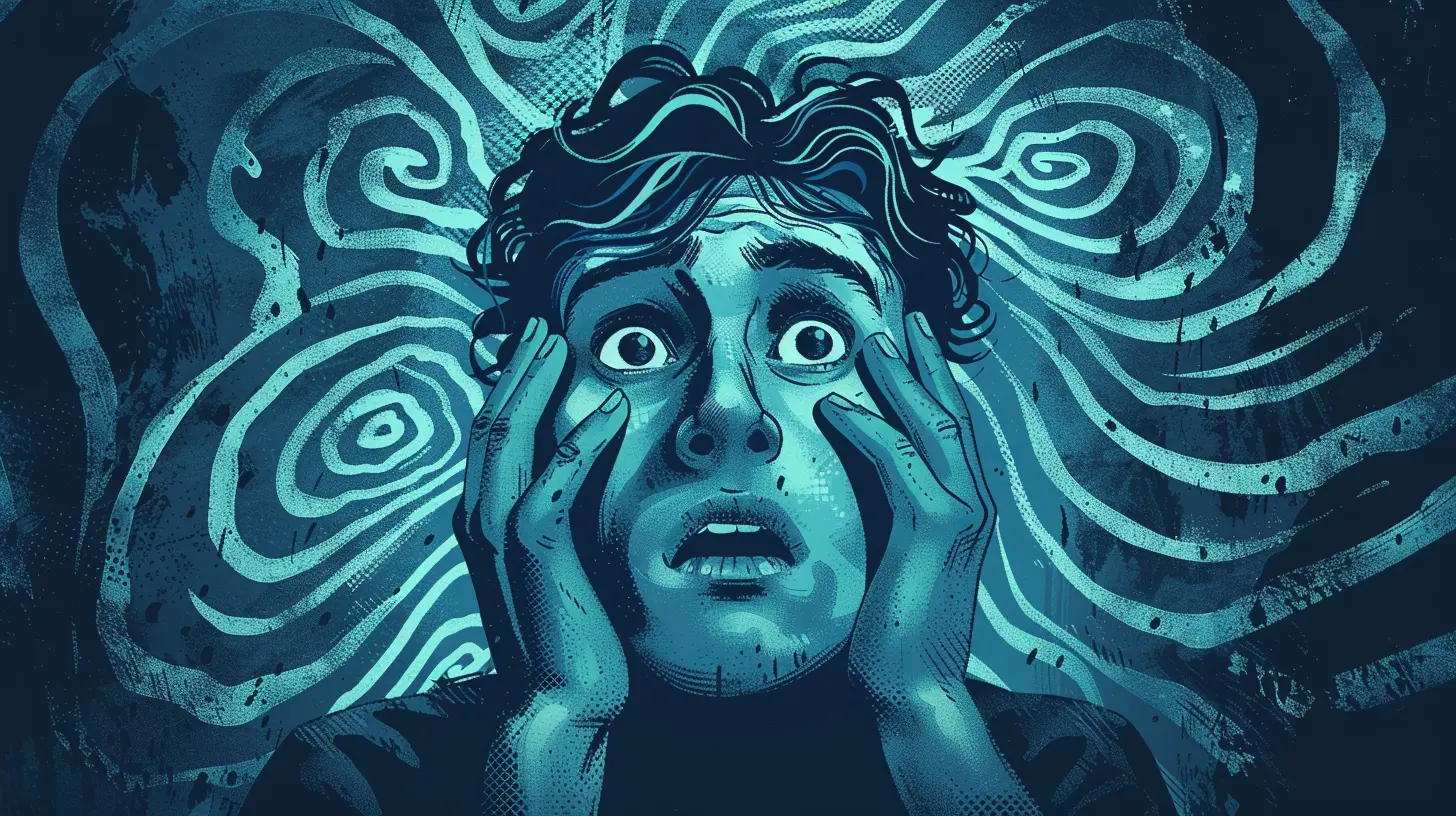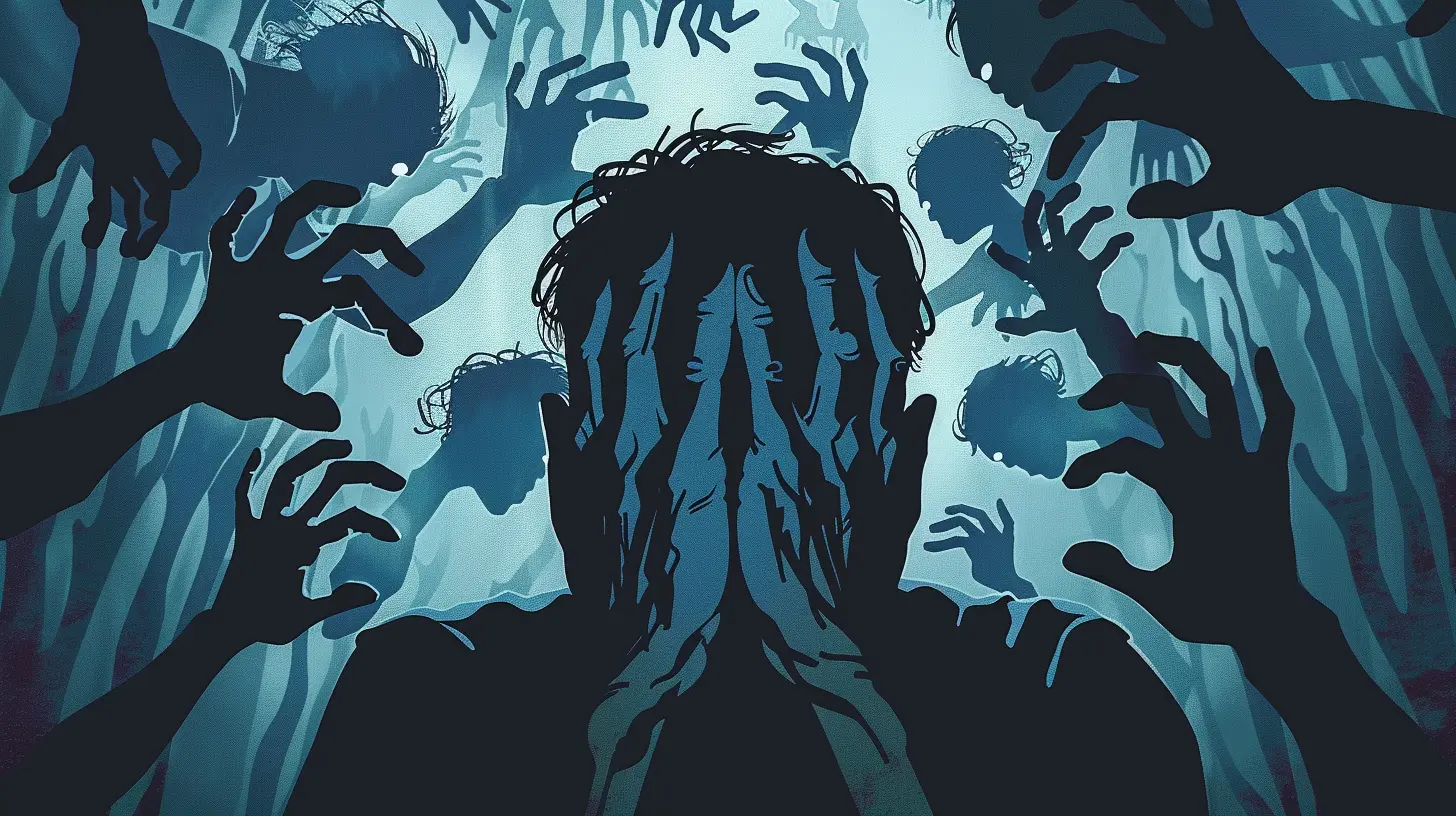Self-Help Techniques for Managing Phobias at Home
15 August 2025
Phobias can be overwhelming, paralyzing even. They often creep into our daily lives, dictating where we go, what we do, and even how we interact with the world. But the good news? You don’t have to be stuck in a cycle of fear forever. With the right self-help techniques, managing phobias from the comfort of your home is entirely possible.
In this article, we'll dive into practical, science-backed methods to help you regain control over your fears. Let’s get started! 
Understanding Phobias
Before we tackle ways to manage phobias, it's important to understand what they are. A phobia is an intense, irrational fear of a particular object, situation, or activity. Unlike regular fears, which are common and manageable, phobias can interfere with daily life.Common Types of Phobias
1. Social Phobia (Social Anxiety Disorder) – Fear of social situations or interactions.2. Specific Phobias – Fear of specific objects or situations (e.g., heights, spiders, flying).
3. Agoraphobia – Fear of open or crowded places, often leading to avoidance behaviors.
No matter the type, phobias can be conquered with patience and the right strategies. Let’s go over some powerful self-help techniques you can try at home. 
1. Face Your Fears Gradually (Exposure Therapy)
Avoidance makes phobias stronger. The more you avoid your fear, the more power it holds over you. The key to overcoming a phobia is to face it little by little. This technique, known as gradual exposure, has been proven highly effective.How to Practice Exposure Therapy at Home
- Start small – If you're afraid of spiders, begin by looking at pictures of them before moving on to videos.- Take tiny steps – If you fear heights, start by standing on a small step, then gradually work your way higher.
- Use relaxation techniques – Apply deep breathing or meditation before and after exposure to ease anxiety.
The goal isn't to eliminate fear overnight but to reduce its intensity over time. 
2. Practice Deep Breathing and Relaxation Techniques
When facing a phobia, your body goes into "fight or flight" mode. Your heart races, your palms get sweaty, and panic sets in. One of the best ways to counteract this response is through deep breathing exercises and progressive muscle relaxation (PMR).Simple Deep Breathing Exercise
1. Inhale through your nose for four seconds.2. Hold your breath for four seconds.
3. Exhale slowly through your mouth for six seconds.
4. Repeat for a few minutes until you feel calmer.
This technique signals your brain that you are safe, helping to reduce panic and regain control. 
3. Use Positive Affirmations and Self-Talk
The way you talk to yourself matters. If your inner dialogue is full of fear-driven thoughts like, I’ll never overcome this, then your phobia will only tighten its grip. Instead, shift to positive self-talk and affirmations.Examples of Positive Affirmations
- I am stronger than my fears.- I can handle this situation calmly.
- Every day, I am making progress.
Repeating these affirmations regularly helps your subconscious mind believe that overcoming your phobia is possible.
4. Visualize Yourself Overcoming Your Fear
The mind is powerful. Visualization is a technique that allows you to imagine yourself facing and conquering your fears. It tricks your brain into building confidence before you even encounter the real challenge.How to Practice Visualization
1. Close your eyes and picture yourself calmly handling the feared situation.2. Imagine every detail – the sights, sounds, and feelings – but in a positive light.
3. Repeat this exercise daily to build confidence.
It’s like rehearsing success in your mind before the real battle begins.
5. Keep a Phobia Journal
Journaling is a powerful tool for tracking your progress and understanding your triggers. Writing down your experiences helps you see patterns in your fear and recognize what works best for coping.What to Include in Your Phobia Journal
- Date and time of your anxiety episode.- What triggered your fear?
- How intense was the fear (rate from 1-10)?
- What coping technique did you try?
- How did you feel afterward?
Having this record can motivate you by showing how far you've come.
6. Try Cognitive Behavioral Therapy (CBT) Techniques
Cognitive Behavioral Therapy (CBT) is one of the most effective ways to manage phobias. While seeing a therapist is ideal, you can practice some CBT techniques on your own.CBT Techniques to Try at Home
- Identify irrational thoughts – Write down the scary thoughts linked to your phobia.- Challenge those thoughts – Ask yourself, Is this thought realistic? What’s the worst that could actually happen?
- Replace with rational thoughts – Example: Instead of “I will faint if I see a spider,” say “I might feel scared, but I am safe and in control.”
CBT teaches you to rewire your brain’s response to fear, making it a fantastic self-help tool.
7. Use Distraction Techniques to Break the Fear Cycle
When fear creeps in, shift your focus. Distraction techniques act as a temporary escape, preventing anxiety from becoming overwhelming.Quick Distraction Ideas
- Listen to music that makes you happy.- Engage in a hobby (painting, writing, solving puzzles).
- Call a friend for a lighthearted chat.
- Watch a funny video or comedy show.
Distraction won’t eliminate your phobia, but it can help you navigate moments of high anxiety.
8. Adopt a Healthy Lifestyle
Your body and mind are deeply connected. A holistic approach to phobia management includes taking care of your overall well-being.Healthy Habits That Reduce Anxiety
- Exercise regularly – Physical activity releases endorphins that combat stress.- Maintain a balanced diet – Avoid excessive caffeine and sugar, which can worsen anxiety.
- Prioritize sleep – Poor sleep increases irritability and anxious thoughts.
- Practice mindfulness – Meditation and yoga help calm the nervous system.
A healthy lifestyle strengthens your emotional resilience, making fear easier to handle.
9. Seek Support from Loved Ones
Talking about your fears can be incredibly freeing. Sharing your phobia with trusted friends or family members provides emotional support and encouragement.How Loved Ones Can Help
- Accompany you when facing feared situations.- Offer words of encouragement and reassurance.
- Remind you of your progress when you feel discouraged.
You don’t have to battle your fears alone—lean on your support system when needed.
Final Thoughts
Overcoming phobias is a gradual process, but it is possible. By using these self-help techniques, you can slowly regain control and lessen the grip fear has on your life. Remember, progress is progress, no matter how small. Keep pushing forward, and celebrate every victory along the way.You are stronger than your fears. Never forget that.
all images in this post were generated using AI tools
Category:
PhobiasAuthor:

Matilda Whitley
Discussion
rate this article
1 comments
Samantha McGill
Thank you for sharing these insightful techniques! It's encouraging to see practical strategies for managing phobias that can be applied at home.
August 25, 2025 at 4:53 PM

Matilda Whitley
Thank you for your kind words! I'm glad you found the techniques helpful.


